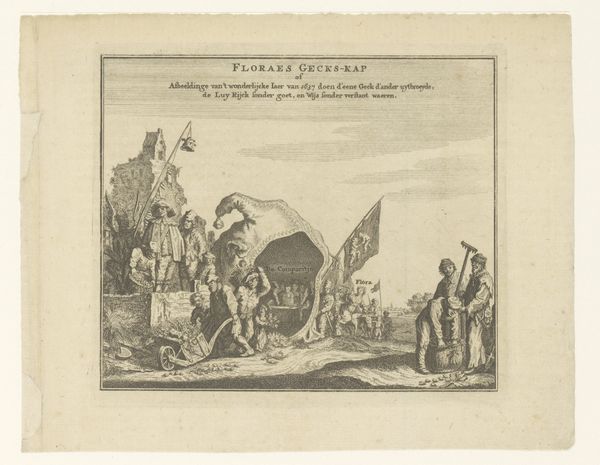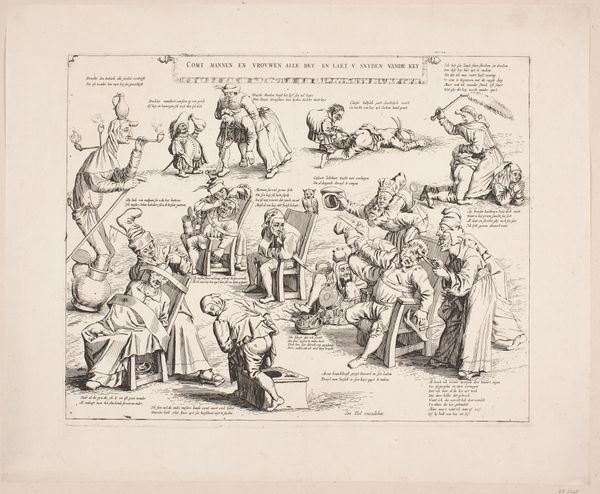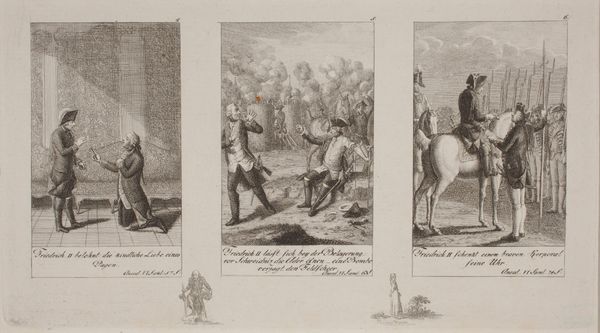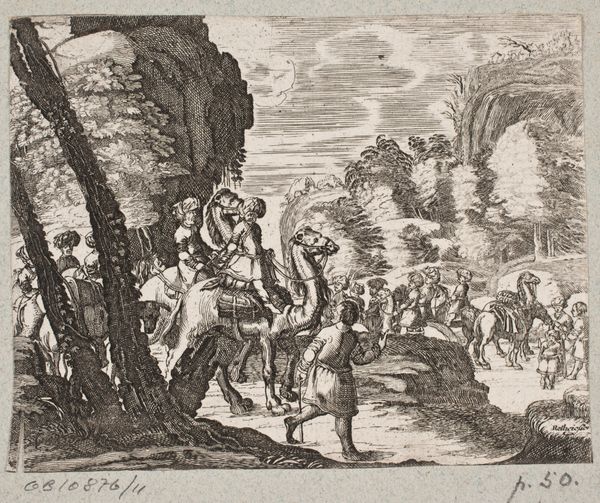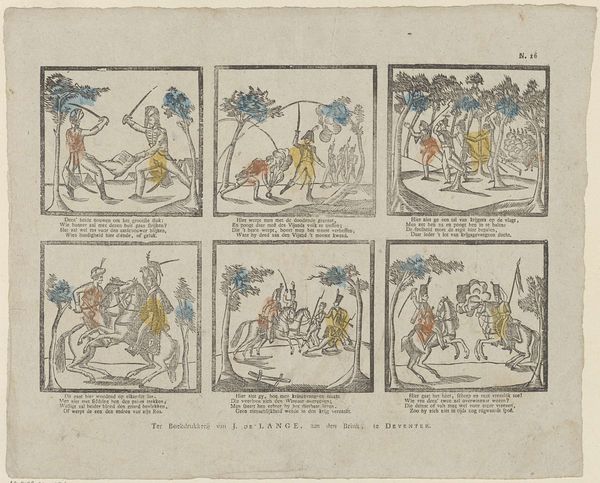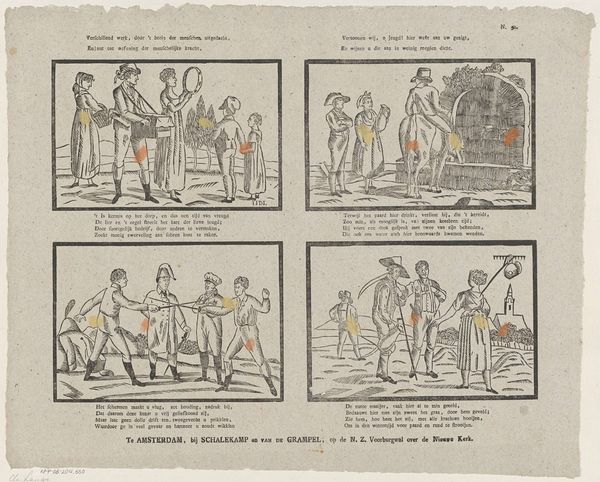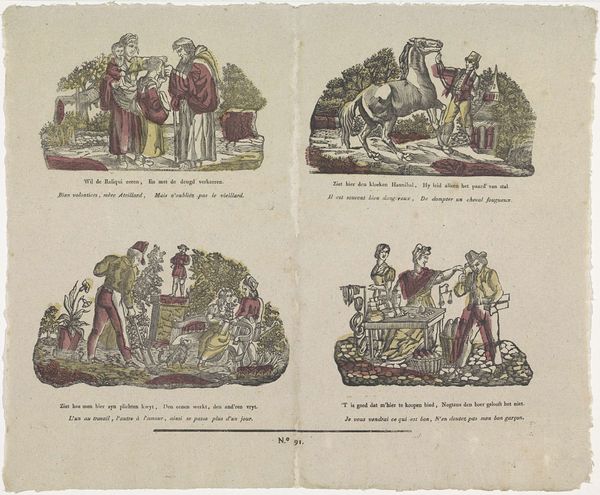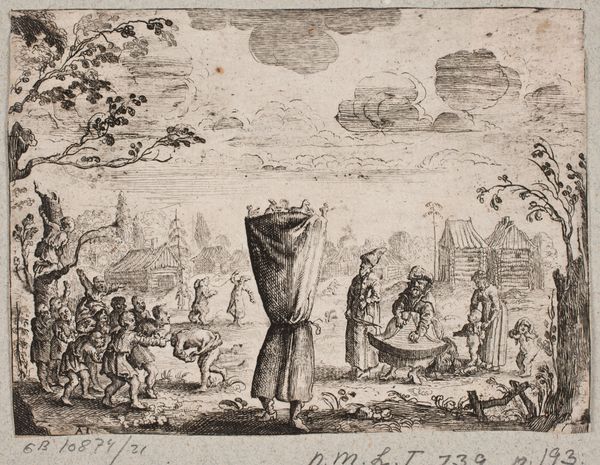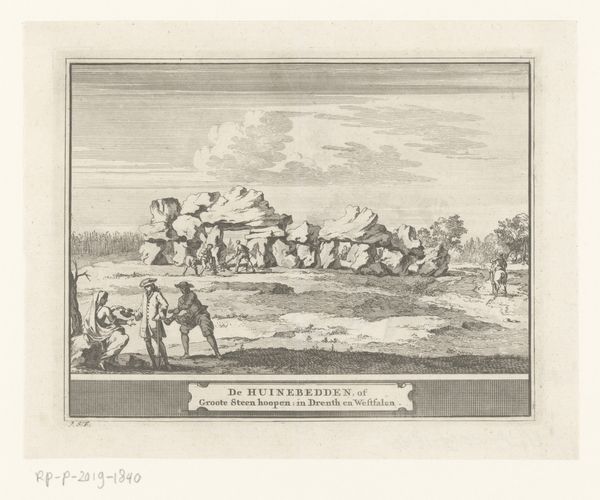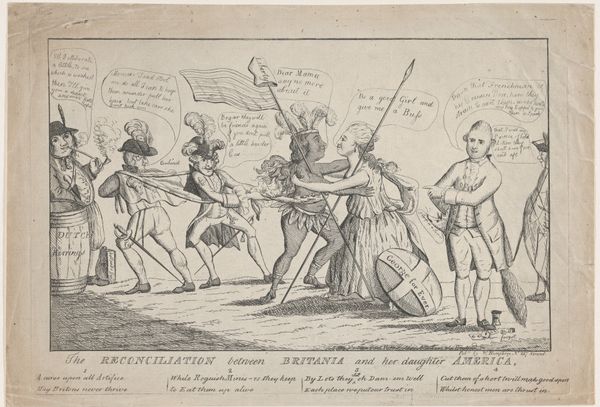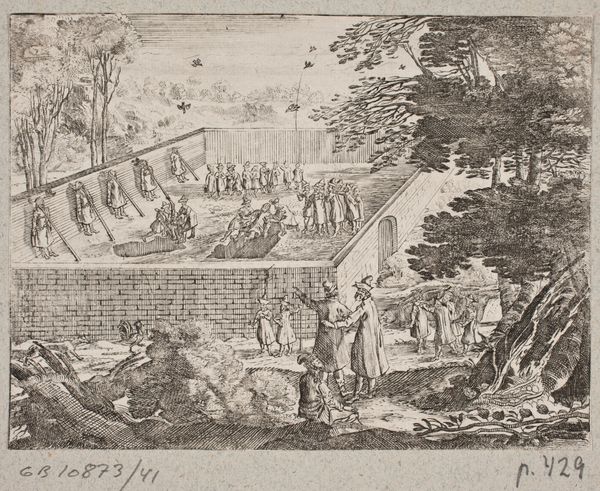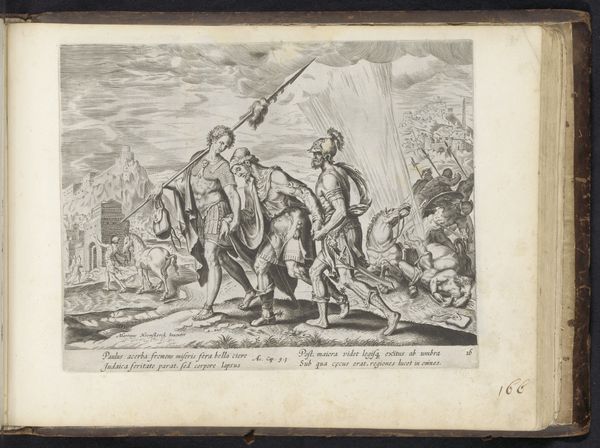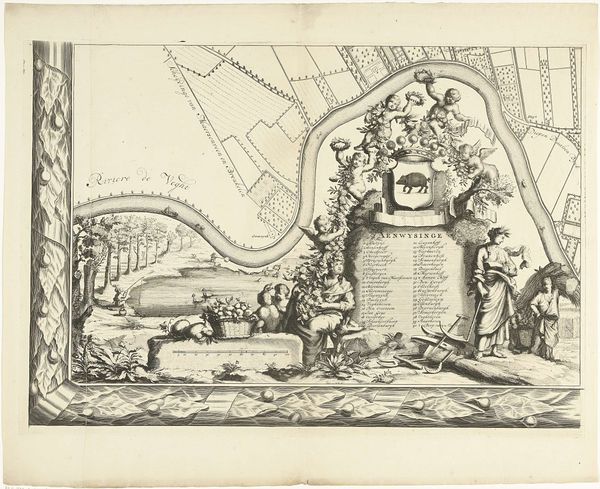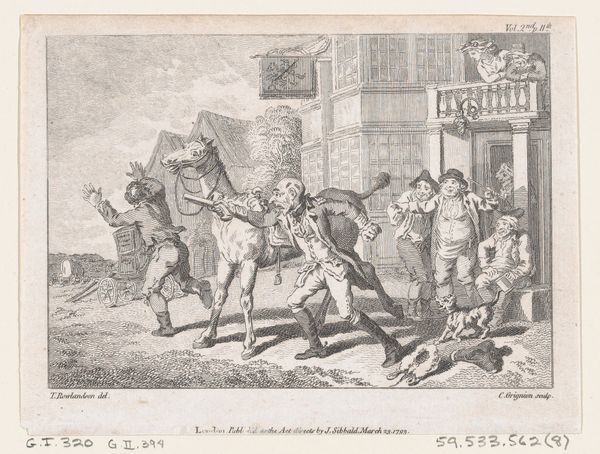![La Grand Bretagne Mutilé; Das Verstümelte Britanien [Great Britain Mulitated] by Anonymous](/_next/image?url=https%3A%2F%2Fd2w8kbdekdi1gv.cloudfront.net%2FeyJidWNrZXQiOiAiYXJ0ZXJhLWltYWdlcy1idWNrZXQiLCAia2V5IjogImFydHdvcmtzLzI1ZTUyMTQyLTc5YmItNDNjMi1hOTI3LWQzZDQxN2ZiOWQ2MS8yNWU1MjE0Mi03OWJiLTQzYzItYTkyNy1kM2Q0MTdmYjlkNjFfZnVsbC5qcGciLCAiZWRpdHMiOiB7InJlc2l6ZSI6IHsid2lkdGgiOiAxOTIwLCAiaGVpZ2h0IjogMTkyMCwgImZpdCI6ICJpbnNpZGUifX19&w=3840&q=75)
La Grand Bretagne Mutilé; Das Verstümelte Britanien [Great Britain Mulitated] 1780s
0:00
0:00
drawing, print, ink, engraving
#
drawing
# print
#
caricature
#
figuration
#
ink
#
history-painting
#
engraving
Dimensions: plate: 9 5/8 x 6 7/8 in. (24.4 x 17.4 cm) sheet: 11 13/16 x 8 3/4 in. (30 x 22.3 cm)
Copyright: Public Domain
Curator: This print, created by an anonymous artist around the 1780s, is titled "La Grand Bretagne Mutilé; Das Verstümmelte Britanien" or "Great Britain Mutilated." It employs ink and engraving techniques, a medium so popular for quickly spreading ideas at the time. Editor: My first reaction is how stark and satirical the composition is. It's almost a visual barrage. The image feels unbalanced—there are groupings of figures everywhere, but no clear focal point. A visual assault, you could say. Curator: That "assault" aligns well with its political purpose. Notice the fragmented pieces, the broken "posts" the figures are using as stilts? Each represents a key figure or policy being contested during the American Revolutionary War, hence "War of Posts". The caricature element really heightens the sense of political chaos. Editor: Absolutely. Those figures are anything but heroic. And the visual language…hanging figures, a devil figure dragging someone away...the mood is incredibly pessimistic. I see the classical-looking pavilion, labeled “Constitution”, crumbling atop a heap of wreckage, underscoring the instability. What’s fascinating is how this piece visualizes power. The elite, represented by these bewigged men, are teetering precariously on fragile foundations, suggesting a crumbling social order. Curator: The power dynamics here are certainly complex. On one hand, the print lampoons British leadership and the absurdity of their policies, while on the other, the choice to represent British subjects hanging signifies the loss felt by English people due to the rebellion occurring in the colonies. By choosing the print medium and distributing it across England, the author incites the public to reflect on Britain's role in the conflict. Editor: I suppose if we reduce the drawing to it's purest compositional qualities we would see just an unorganized chaotic distribution of a simple, high-contrast print where one set of English political figures are satirized in ways that would have been quite humorous for some members of society at that moment in time. Curator: Precisely. Considering its function in public discourse helps understand its formal qualities— the seeming chaos reflects the instability of the time, translated into a very potent, readily distributed form. Editor: It's amazing how a seemingly crude image can hold so much historical and social significance, laid bare through its raw visual elements and clever composition.
Comments
No comments
Be the first to comment and join the conversation on the ultimate creative platform.
